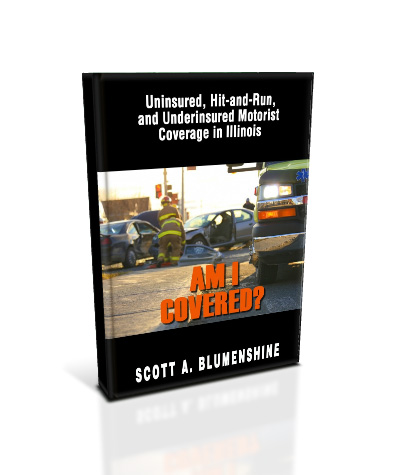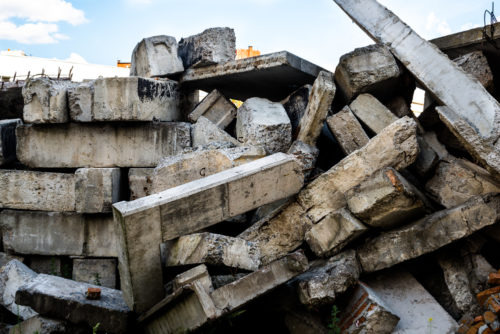Crush injuries are challenging because they often lead to permanent disabilities for the injured victim. A crush injury occurs when a part of a person’s body is severely compressed between one or more hard surfaces. People can suffer crush injuries from many incidents, including truck, transportation, automobile collisions, industrial work accidents, ceiling and building collapse, machine malfunctions, and falling building materials or equipment from construction sites. Individuals who experience crush injuries typically need extensive medical treatment and rehabilitation to heal and may face a future with permanent loss of limb, mobility, and agility. If you or a loved one has experienced a debilitating injury in Chicago, don’t hesitate to contact a skilled Chicago Crush Injury Attorney for expert legal guidance and support in pursuing the compensation you deserve to help with recovery and medical expenses. Call today (312)766-1000.
What is a Crush Injury?
Almost immediately, the body part that is crushed or compressed begins to lose oxygen and blood flow. Over several hours, ischemia, a condition caused by inadequate blood flow to the injured part of the body, starts. The loss of blood flow can cause the impacted body tissue to die. Immediate and prompt emergency medical assistance is required to minimize complications and preserve as much tissue as possible.
Common Causes of Crush Injuries
Crush injuries can occur anytime and any place. They occur most often in and around construction sites and in transportation accidents involving trucks, cars, and other vehicles. When compression injuries do occur, they are more likely to happen under the following common scenarios:
- Transportation incidents: Crush or pinch injuries can occur in collisions involving passengers, pedestrians, and bicyclists.
- Machinery with unguarded moving parts: A machine that is not properly guarded, turned off, or disabled when not in use or de-energized during maintenance or repairs may start up unexpectedly and cause a crush injury to a worker.
- Buried in or by debris or equipment: Workers can be crushed when an unprotected trench and excavation caves in. Crush injuries can also occur if the structure, building, or house collapses while workers or other people are inside. Scaffolds around buildings collapse, and walls can collapse during demolition, injuring any workers or pedestrians present and crushing and burying them underneath the debris or equipment.
- Pinned between objects: Workers can be pinned between equipment and a solid object and between materials and shoring in a trench.
Symptoms of Crush Injuries
The National Institutes of Health’s U.S. National Library of Medicine MedlinePlus identifies this type of injury as occurring when force or pressure is put on a body part due to being squeezed between two heavy objects. The symptoms of crush injuries are as follows:
- Severe Bleeding (internal and external);
- Bone fractures and breaks;
- Lacerations to various parts of the body;
- Nerve injury;
- Smashed fingers;
- Bruising to various parts of the body;
- Open wounds;
- Dizziness, nausea, and
- Secondary infection.
Complications From Crush Injuries
Two main complications from crush injuries may lead to permanent and severe damage. They are as follows:
- Compartment syndrome occurs when increased pressure in an arm or leg causes serious damage to muscles, nerves, blood vessels, and tissue. Severe cases will require amputation of the limb to prevent further tissue death.
- Crush syndrome occurs when damaged tissue starts producing harmful byproducts like lactic acid and potassium, which enter the victim’s bloodstream. Also known as rhabdomyolysis, crush syndrome may lead to renal (kidney) failure and heart arrhythmia when the chemicals interact with the victim’s blood.
Many Crush Injury Patients Need Psychological Support
Crush injuries are often quite severe. If the victim experiences tissue death, an amputation of the affected limb will be necessary to preserve life and prevent subsequent infection. Rehabilitation therapy tends to be long and slow. Suppose the victim is adjusting to the amputation of one or more body parts. In that case, he or she will need psychotherapy to help cope with permanent injuries like limited mobility or problems with dexterity. Victims may also not be able to work in their field because the injured body part is needed to perform his or her job tasks.
Crush Injury Patients Need Long-Term Pain Management Plan
Drug addiction is common with crush injury victims because the pain that people feel is constant and severe. Pain management must be addressed, and victims may need assistance finding painkiller drugs that will not lead to opioid or other narcotic addiction.
Legal Help for Victims of Crush Injuries
Depending on the circumstances of your accident and accompanying crush injuries, you may have multiple remedies available for serious crush injuries suffered in a construction accident, car accident, or premises liability accident. Property owners and other third parties, such as subcontractors, manufacturers, and other entities, may also be responsible for safety hazards, falling debris, or defective equipment that causes crush injuries.
Our Chicago Crush Injury Attorneys Can Help
To learn if you have a potential claim or lawsuit against a party that caused your crush injuries following an accident, contact the Chicago crush injury lawyers at Blumenshine Law Group by phone or text at (312) 766-1000 or email at [email protected] today. The consultation is free. You can also visit our website to learn about our extensive litigation experience and record of success. Request a free, confidential appointment online. We can come to you if you can not immediately travel to our offices.




